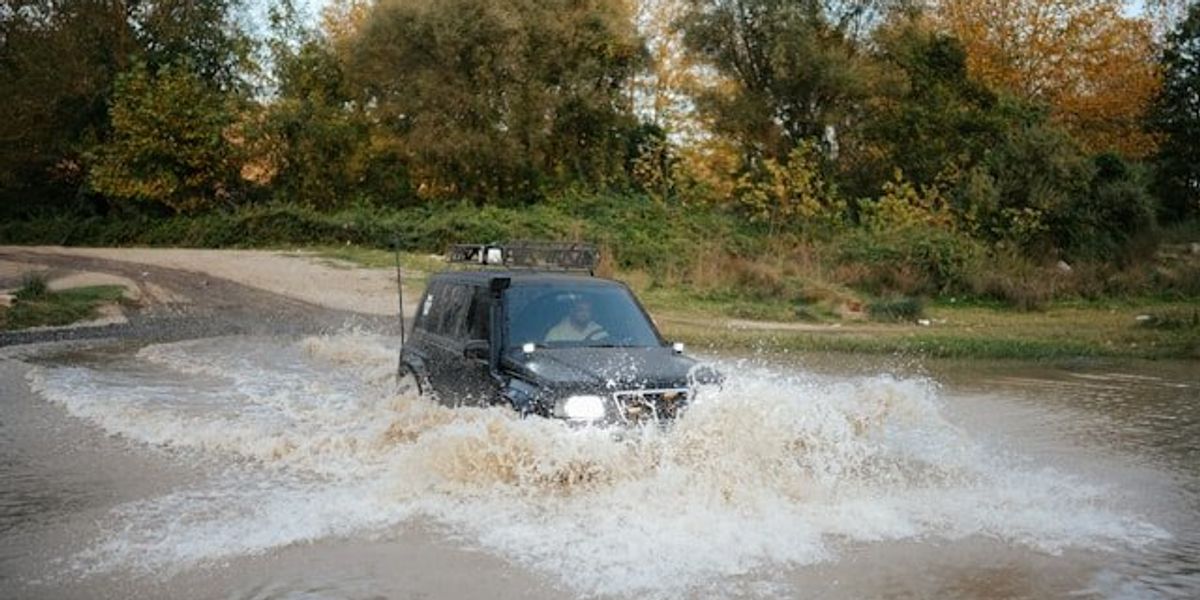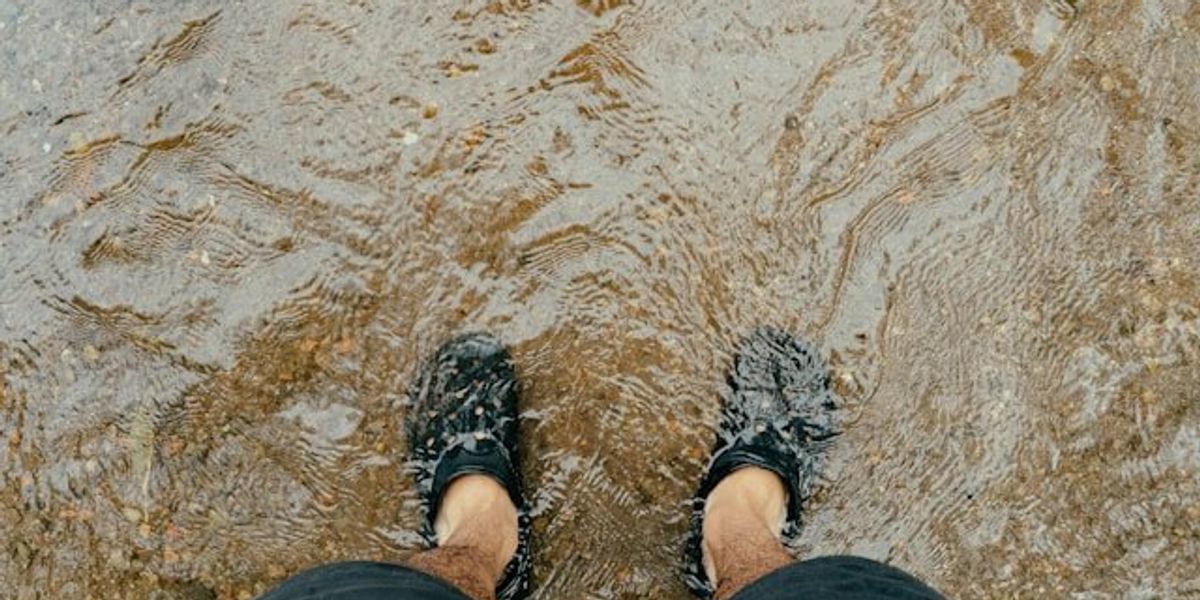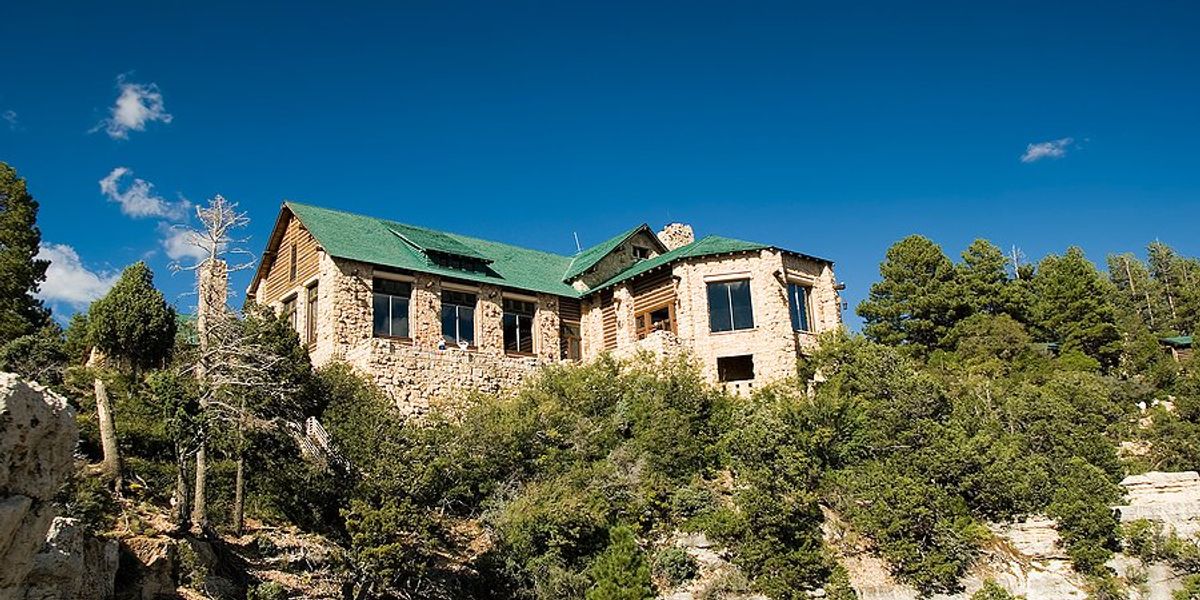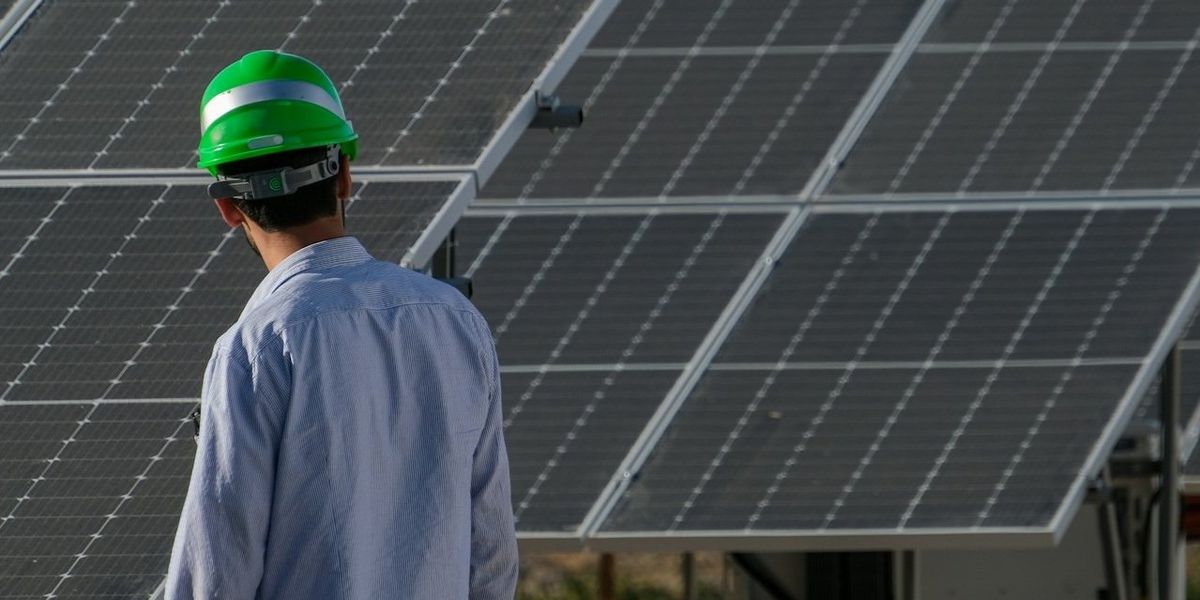
New study drills into Mount Everest glaciers to reveal faster melting patterns
A team of international researchers is drilling deep into Mount Everest’s Western Cwm glaciers to better understand why Himalayan ice is melting faster than climate models predict.
Meena Menon reports for Mongabay.
In short:
- Researchers from universities in the UK, Norway, and Sweden are drilling 15-meter boreholes at high altitudes to study how solar radiation may be warming glacial ice from within.
- Earlier studies revealed that Khumbu Glacier ice temperatures are much warmer than expected, suggesting a flaw in current glacial melt predictions.
- The project aims to update climate models to better forecast the future of water supplies for millions living downstream of the Himalayas.
Key quote:
"If the glaciers are warmer than we have been able to understand previously, they will melt faster than currently predicted. So we need to take our observations and incorporate them into future simulations which can indicate how long these glaciers will survive."
— Duncan Quincey, professor at the School of Geography, University of Leeds
Why this matters:
Himalayan glaciers are a crucial water source for nearly two billion people across Asia, feeding rivers like the Ganges, Brahmaputra, and Indus. As the planet warms, these glaciers are melting at unprecedented rates, endangering the steady water supplies needed for agriculture, drinking, and sanitation. If glaciers are warmer than previously believed, they could vanish far earlier than forecasts suggest, hastening water shortages and increasing the risk of floods from glacial lakes. This also threatens biodiversity, as freshwater ecosystems depend on consistent glacial flows. Meanwhile, communities already stressed by climate change would face greater hardships. Understanding the precise drivers of glacier melt is essential for preparing for a future where freshwater scarcity could intensify regional conflicts and humanitarian crises.
Read more: Sherpas question safety of Everest villages after floods devastate homes













